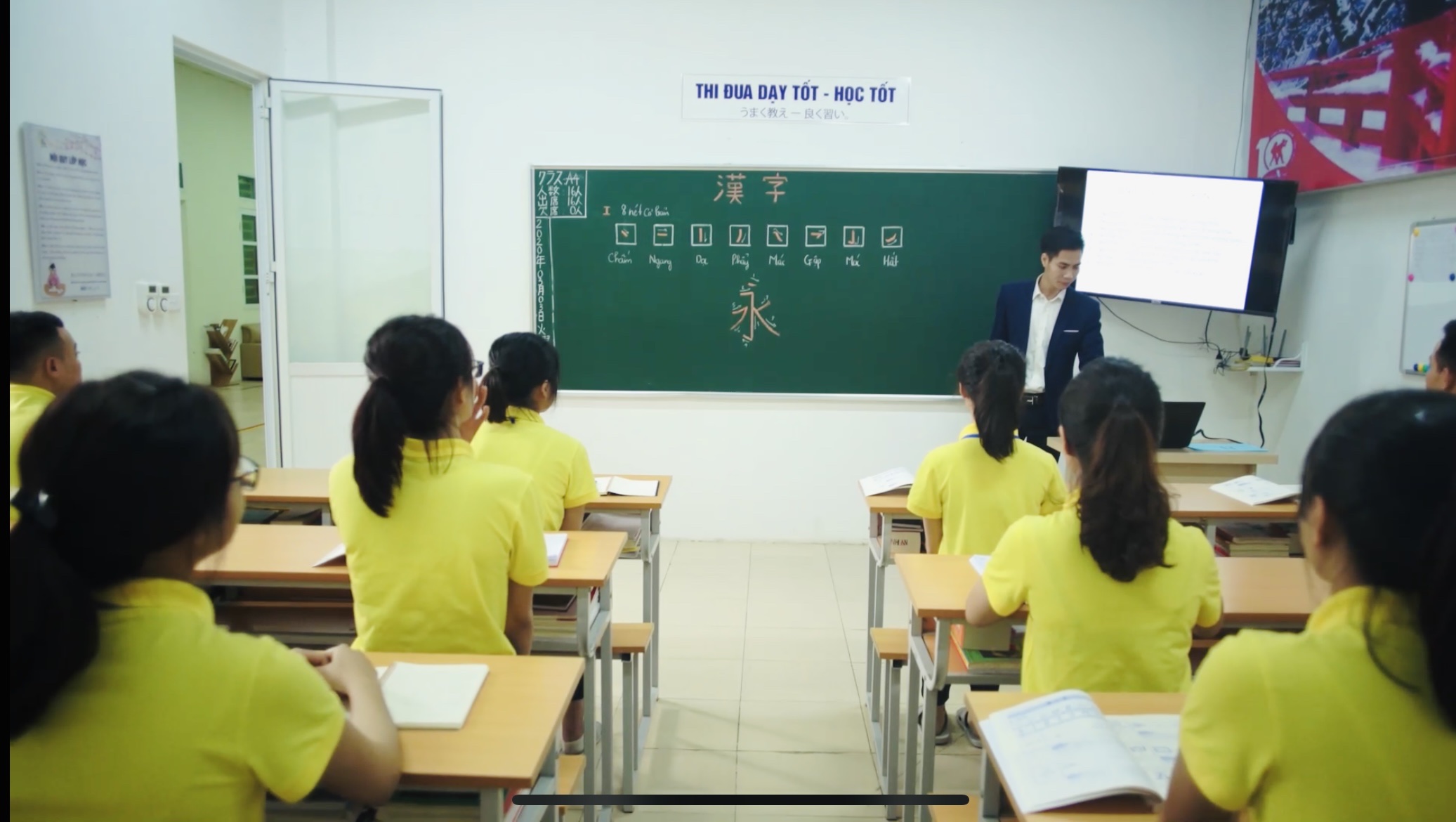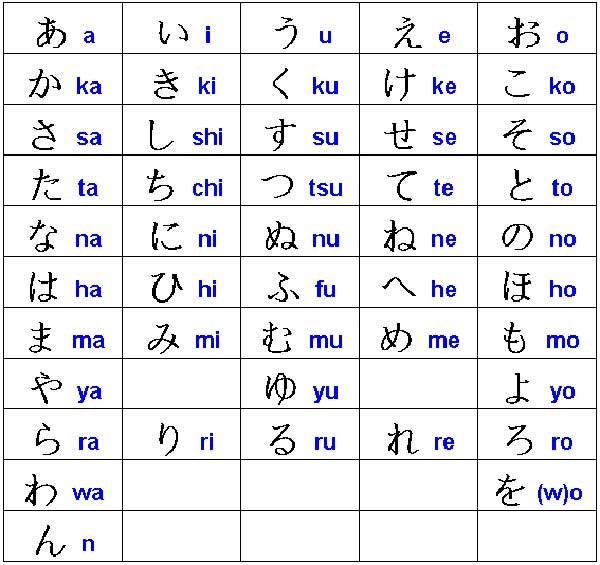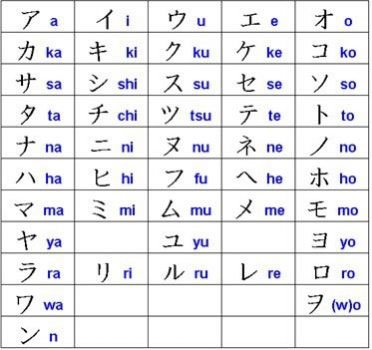EXPERIENCE FOR LEARNING JAPANESE FOR BEGINNERS
Are you interested in how to learn basic Japanese for beginners, but still quite confused, don't know where to start? The article below will be the solution for you!

(Kanji Lesson)
I. ROUTE
Learning Japanese for beginners will be very simple if you have a reasonable goal and route. Japanese will be divided into the following levels:
➦ Stage 1: Learn the alphabet (1 week)
➦ Stage 2: Learn the first 25 lessons in the Minna no Nihongo I textbook (2 – 3 months) - N5
➦ Stage 3: The next 25 lessons of the Minna no Nihongo II textbook (2 – 3 months) - N4
➦ Stage 4: Studying to intermediate and advanced levels - equivalent to N3, N2, N1

II. CONFIDENCE WITH THE ALTERNATIVE
⚘ HIRAGANA (soft script): Write original Japanese words or ordinary words
- ⚘ KATAKANA (hard letters): Write words borrowed from foreign countries (such as English, French ...), foreign names, place names.
- ⚘ Romaji (Latin word): to transcribe reading for foreigners, Japanese people rarely use this word, only used when writing file names on computers, etc.
- ⚘ KANJI (Chinese characters): Write Chinese words, Japanese names. 80% of Kanji are used in daily life.

3. Sound Variation
Including rows Ka, Sa, Ta, Ha
- ➥ The line “ka”
Rule: The line "ka" changes to the line "ga"
➥ The line “sa”
Rule: The row "sa" changes to "za"
➥ The line “ta”
Rule: The row "ta" changes to the row "da"
た ち つ て と become だ ぢ づ で ど
There are special ぢ – di and づ – du
For example: ともだち:friend
➥ The line “ha”
3. Long sound
The sound field is defined as the two-syllable elongated vowels of the five vowels [あ] [い] [う] [え] [お] (a i u e o). For example, if the letter あ(a) is pronounced with one syllable, then ああ is pronounced twice and is 2 syllables long. The sound field will change the meaning of the word.
For example:
- おばさん (obasan) means aunt - aunt, the word おばあさん (Obaasan) means Grandma.
✦ Rules for writing negative fields:
Long sound column [あ] add [あ]
Long sound column [い] and [え] add [い]. Some exceptions: ええ: Yes, ねえ:Hey, あねえさん:sister
Long sound column [う] add [う]
Long sound column [お] add [う], Some exceptions:おおきい、おおい、とおい、…
4. Compound sound
In Japanese, there are also sounds that are combined with small 「や、ゆ、よ」 to form compound sounds (imaginary sounds). Compound sounds are made up of 2 letters but only 1 sound. Both Hiragana and Katakana have the same compound sounds and have the same pronunciation. These compound sounds only apply to column except for the word「い」

Hiragana alphabet

Katakana alphabet
For example:
じゆう (jiyuu): free/じゅう (juu): 10
びよういん (biyouin): beauty salon /びょういん ( byoin): hospital
ひやく(hiyaku): Leap/ひゃく (hyaku): 100
5. Short sound 
The small「つ/ツ」in Japanese is used as a phonics. The main function of phonics is to lengthen the consonant of the word that follows it, so that the reading and writing style is also double the consonant of the compound word.
- For example:
きっぷ (kippu): ticket
カップ (kappu): Cup
みっか (mikka): 3rd day
ホッチキス (hocchikisu): the stapler
Reading convention: Unlike the large つ, which we read aloud, the small つ when it is a phonological only has the effect of prolonging the first consonant of the next letter without being pronounced. When we read, we lower our voice, pause for a moment and then continue reading the next word.
6. Sound connections
The 「ん/ン」 sound is used as a connecting sound and only stands at the end. This pronunciation is similar to the letter "n" in Vietnamese. However, in some cases will be read as "m, ng".
- Ví dụ:
ほん (hon): book
ごはん (gohan): rice
こんばん (komban): tonight
さんぽ (sampo): stroll
にほんばし (nihombashi): Japanese bridge
✬ These rules apply equally to both Hiragana and Katakana alphabets.
Good luck with your studies!









